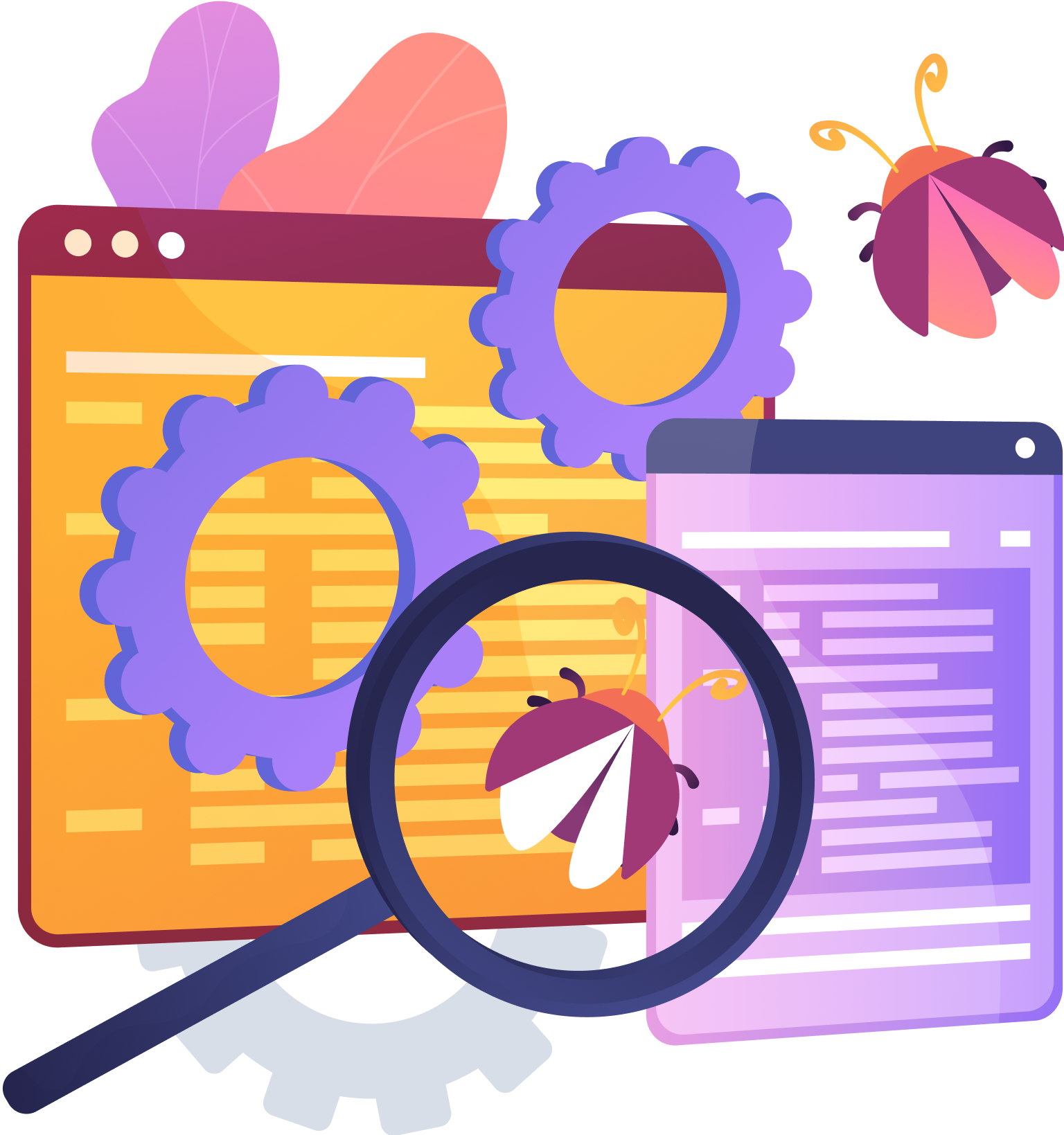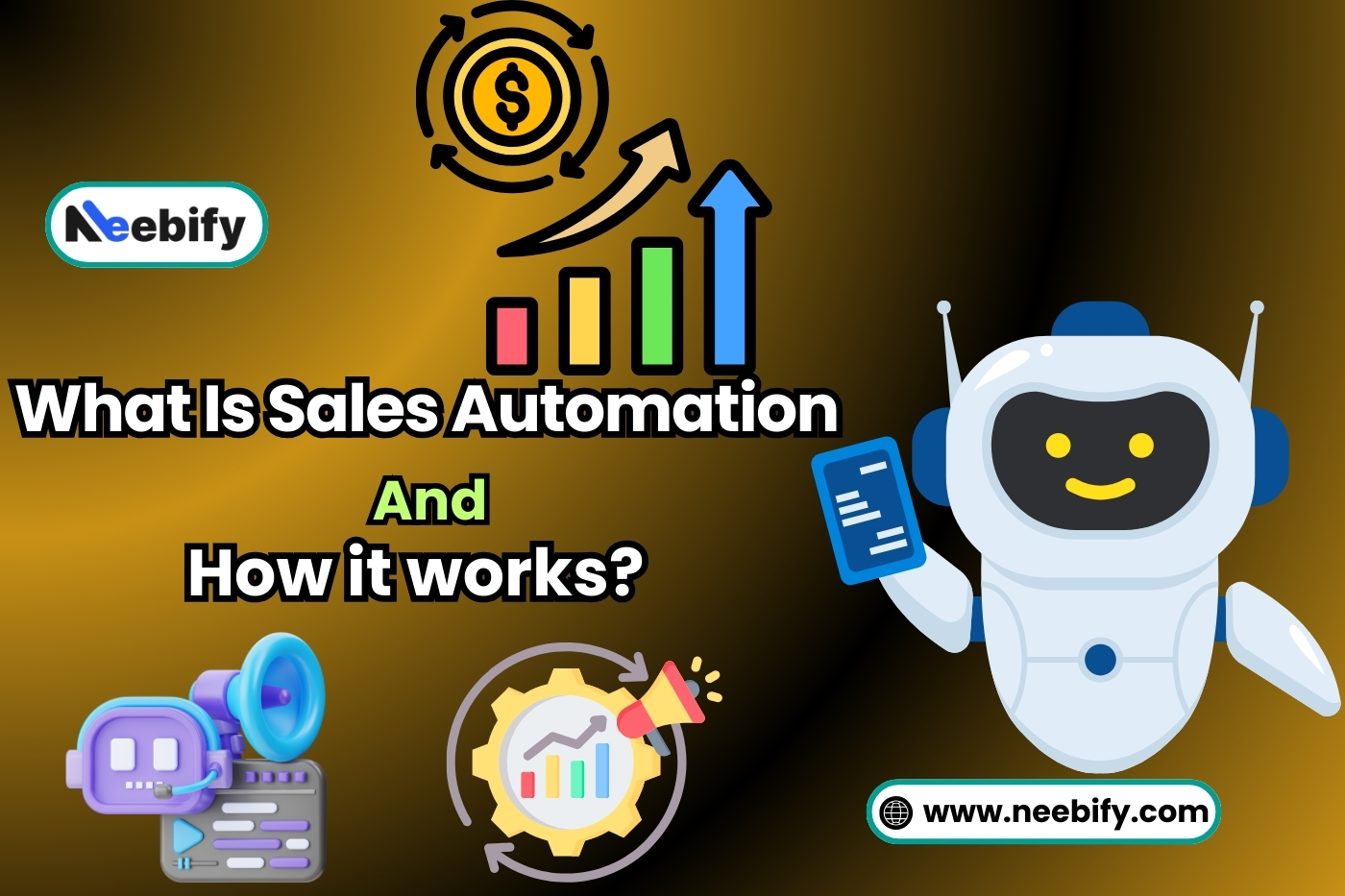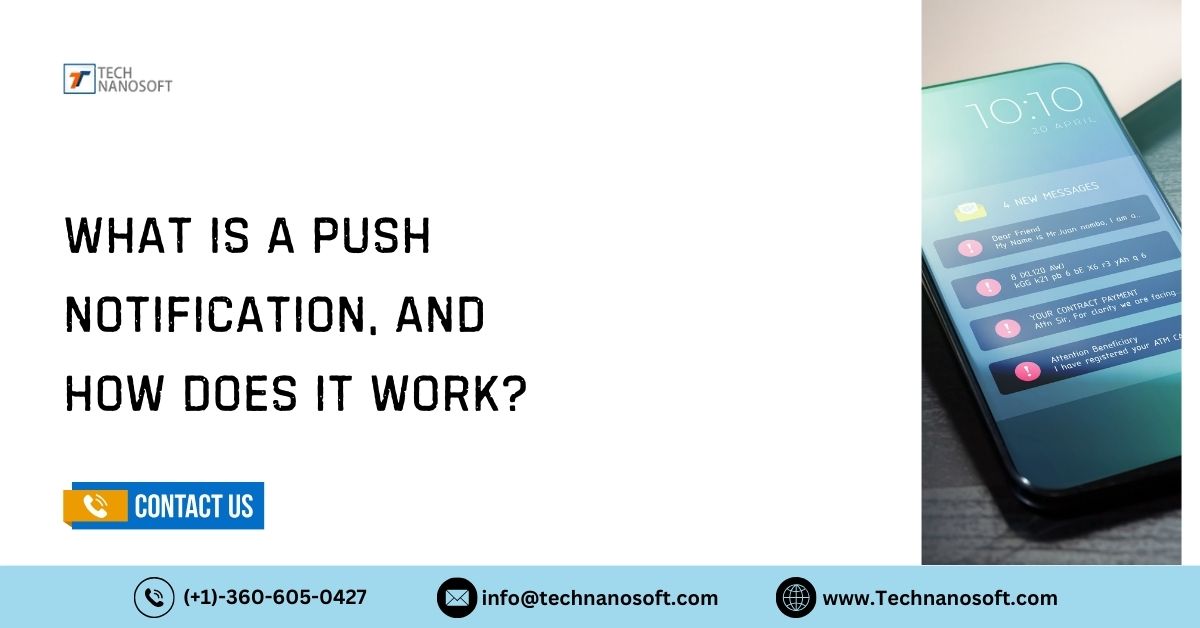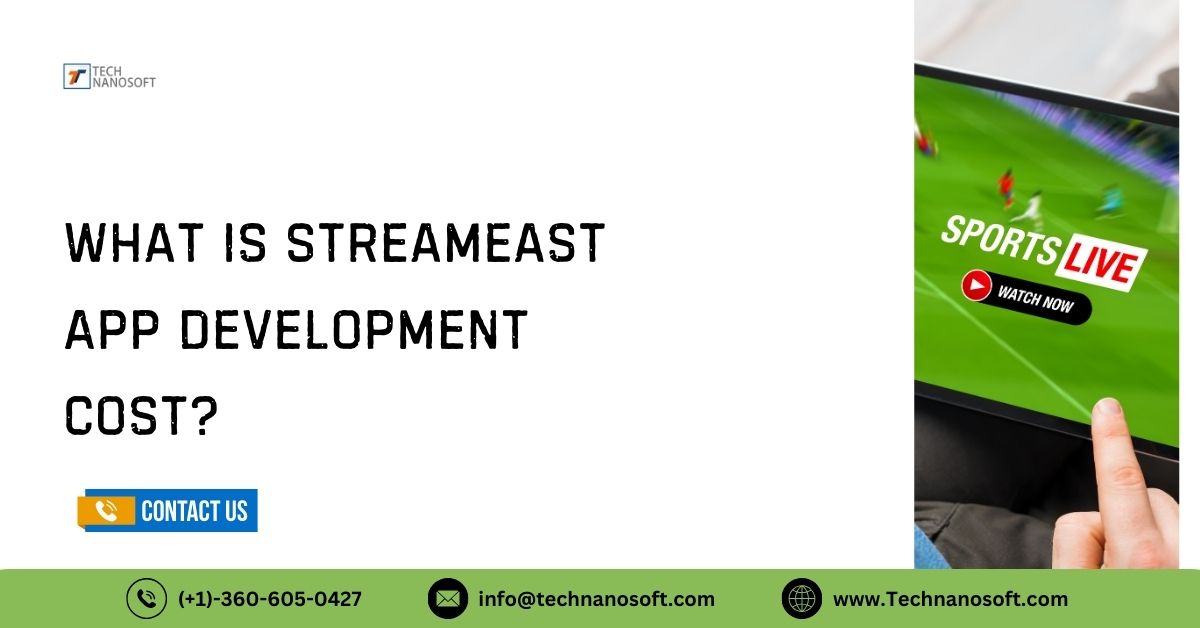Blockchain Technology Improving Security and Reduce Costs In The IoT Industry
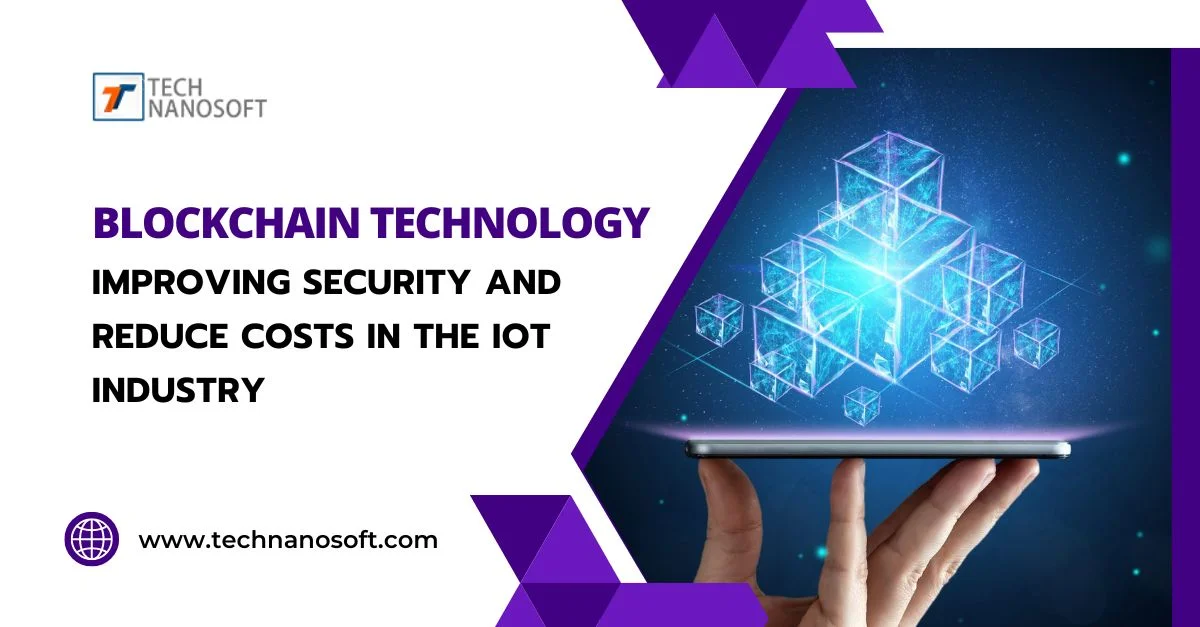
Introduction
The IoT industry has prioritized blockchain technology because of its decentralized, irreversible, and cost-effective properties. Blockchain technology can be used by IoT devices to store data and transactions on a shared ledger, doing away with intermediaries and improving transparency. The cryptographic algorithms used by blockchain enable secure storage and movement of sensitive data, eliminating single points of failure, which lowers costs while boosting security.
Smart contracts can automate processes and safely regulate the transfer of assets and data in an IoT context. The new business models and revenue streams made feasible by fusing blockchain and IoT are micropayments and decentralized data sharing.
What is a Blockchain, in Simple Words?
Blockchain is a decentralized digital ledger that records transactions via a network of computers in a safe, impenetrable, and transparent manner. It makes secure ledger manipulation possible for any network user, independent of a central authority, via encryption. It was initially created for the Bitcoin cryptocurrency. Since then, this technology has been used in multiple sectors, including voting systems, digital identity, and supply chain management.
Top Ways to Blockchain Will Change Your IoT Industry
1. Decentralization
Blockchain technology enhances transparency and reduces fraud like hacking by eliminating the need for go-between and enabling decentralized networks.
2. Immutability
A blockchain system provides a secure and irreversible record of all transactions because it cannot be altered or deleted once a transaction is registered.
3. Security
Blockchain uses cryptographic techniques to protect data and transactions, making it more difficult for hackers to interfere with the system.
4. Automation
Automating operations reduces manual intervention and increases productivity, making this feasible.
5. IoT Blockchain Approach
When blockchain technology is used, Internet of Things (IoT) systems benefit from increased security and efficiency.
6. Centralising
Blockchain enables the decentralized architecture necessary for the Internet of Things systems, reducing the risk of a single point of failure and improving transaction transparency.
7. Security
Blockchain allows for the safe storage and transfer of sensitive data, preventing unauthorized access or modification.
8. Automating processes
In the IoT ecosystem, intelligent contracts can safely regulate the transfer of assets and data while automating processes.
9. Trust
The blockchain's structure, which is both distributed and open, allows those involved in transactions to have faith in one another. They can verify the information's accuracy and minimize the risk of deceit.
10. Data Sharing
Blockchain technology creates a secure way for IoT devices to share information, leading to new and profitable opportunities, like the development of decentralized data markets.
By incorporating blockchain technology into IoT systems, businesses may improve their security, dependability, efficiency, and user experience.
What Are the Challenges Faced by IoT Deployment?
The deployment of safe IoT industry systems is hampered by several issues, such as:
1. Scalability
Scalable solutions are required to manage and process the expanding amount of data generated by connected devices in IoT systems.
2. Interoperability
It cannot be ensured that devices from different manufacturers will function flawlessly because iot sensors usually conform to several communication standards and protocols.
3. Securing a device
IoT devices are typically vulnerable to assaults because they lack the security safeguards to secure sensitive data.
4. Network Security
To prevent unauthorized access or modification, secure networks must be utilized when transferring data between IoT devices and the cloud.
5. Privacy
Robust security measures must be implemented to guard against unauthorized use of the vast amounts of confidential and personal data stored by connected devices.
Adjustment of Existing Systems
It may be challenging to integrate IoT solutions with existing systems. Careful planning and execution are needed to guarantee a seamless connection.
Businesses must take steps to protect their IoT devices by using encryption, authentication, and access control systems to ensure their safety.
Decentralization of IoT Networks
Decentralising IoT networks entails creating a distributed architecture for the IoT systems instead of depending on a centralized authority. Nodes maintain a shared ledger of data and transactions in a decentralized IoT network.
Businesses can make their systems more secure and reliable by distributing the IoT network so that there is no single weakness that malicious actors can target. Additionally, decentralized networks reduce the need for go-betweens, increasing system trust and transparency.
Blockchain technology can create a shared ledger that enables certain asset and data transactions to create a decentralized IoT network. Additionally, smart contracts can enforce agreements throughout the network and automate processes.
Companies can ensure the safety of their networks by spreading out their IoT infrastructure so that no single vulnerability can target. But to succeed, decentralized IoT networks must overcome technical challenges like scalability and interactiveness.
How Blockchain Technology Increases Security and Reduces Costs in the IoT
IoT Industry Blockchain technology reduces costs and raises security in the IoT market in the following ways:
1. Distributed Ledger
The blockchain's lack of a single governing body makes it a more secure option than traditional models. Its distributed nature ensures that many users have the same access data, making it more difficult for cybercriminals to gain access to the system and cause damage.
2. Tamper-proof
Blockchain transactions are secured by cryptography, making it nearly difficult to go back in time. It guarantees the accuracy of the data and reduces the likelihood of hacking and forgery.
3. Smart Contracts
Blockchain technology enables smart contracts, which are self-executing contracts with the terms of the agreement explicitly written in code. Fewer intermediaries are therefore required, which lowers transaction costs and increases efficiency.
4. Enhanced Data Privacy and Security
Blockchain allows many parties to share data securely without go-betweens. Privacy and security are improved because the data is stored securely in a decentralized manner.
5. Reduced Intermediaries
Blockchain technology increases efficiency and reduces transaction costs by eliminating the need for a go-between. It is beneficial for the Internet of Things (IoT), where transaction volumes might be rather large.
Conclusion
The IoT industry emphasizes blockchain technology to protect against cyberattacks. Blockchain transactions are secure, visible, and unaltered, which can thwart fraud and hacking in the IoT sphere. Utilizing decentralized ledger systems, the IoT business can minimize intermediary costs while boosting data privacy and security. Smart contracts, which automate contractual obligations and eliminate the requirement for intermediaries, are another benefit of blockchain. It raises efficiency and lessens transaction costs. Therefore, it's likely that the IoT sector will continue embracing blockchain technology for improved security and cost reduction.

